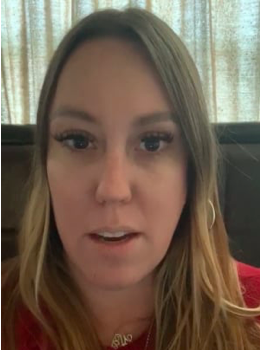CFPB Extends Reporting Threshold for Open-end Credit Lines
Written By: Joel Palmer, Op-Ed Writer
The Consumer Financial Protection Bureau (CFPB) has extended temporary thresholds for collecting and reporting data about open-end lines of credit under the Home Mortgage Disclosure Act (HMDA).
The rule extends the threshold for another two years, until January 1, 2022.
This means that for data collection years 2020 and 2021, financial institutions that originated fewer than 500 open-end lines of credit in either of the two preceding calendar years will not need to collect and report data with respect to open-end lines of credit.
In October 2015, the bureau set the open-end threshold at 100 open-end lines of credit. In 2017, CFPB temporarily increased the open-end threshold to 500 open-end lines of credit for 2018 and 2019.
CFPB said in the rule document that it will release a final rule for permanent thresholds for both open-end lines of credit and closed-end mortgage loans. Extending temporary thresholds enables the bureau to:
Review additional comments related to the proposal.
Fully consider the appropriate level for permanent thresholds.
Ensure that institutions covered under the new permanent open-end coverage thresholds can have until January 1, 2022 to comply.
Under the current thresholds, CFPB estimates there are 333 financial institutions — 318 of which are depository institutions — required to report 1.23 million open-end lines of credit under HDMA. None of the 333 institutions are partially exempt.
Had the 500 credit line threshold not been extended and returned to 100, the number of reporters would be over 1,000.
Last week’s rule also clarifies partial exemptions from certain HMDA requirements which Congress added in the Economic Growth, Regulatory Relief, and Consumer Protection Act (EGRRCPA).
It incorporates into Regulation C the clarifications from the bureau’s August 2018 interpretive and procedural rule.
“This final rule further effectuates the burden relief for smaller lenders provided by the EGRRCPA by addressing certain issues relating to the partial exemptions that the August 2018 rule did not address,” according to a CFPB statement.
The 2018 HMDA Rule:
Clarifies that insured depository institutions and credit unions covered by a partial exemption have the option of reporting exempt data fields as long as they report all data fields within any exempt data point for which they report data.
Clarifies that only loans and lines of credit that are otherwise HMDA reportable count toward the thresholds for the partial exemptions
Clarifies which of the data points in Regulation C are covered by the partial exemptions.
Designates a non-universal loan identifier for partially exempt transactions for institutions that choose not to report a universal loan identifier.
Clarifies the exception to the partial exemptions for insured depository institutions with less than satisfactory examination histories under the Community Reinvestment Act.
HMDA requires certain depository institutions and for-profit nondepository institutions to report data about originations and purchases of mortgage loans, as well as mortgage loan applications that do not result in originations.
The purposes of HMDA are to provide loan data that can be used to:
Determine whether financial institutions are serving the housing needs of their communities.
Assist public officials in distributing public-sector investment so as to attract private investment to areas where it is needed
Identify possible discriminatory lending patterns and enforcing anti-discrimination statutes.
About the Author
As an NAMP® Opinion Editorial Contributor, Joel Palmer is a freelance writer who spent 10 years as a business and financial reporter and another 10 years in marketing for the insurance and financial services industries. He regularly writes about the mortgage industry, as well as residential and commercial real estate, investments, and retirement income planning. He has also ghostwritten books on starting a business, marketing, and retirement income planning.





















